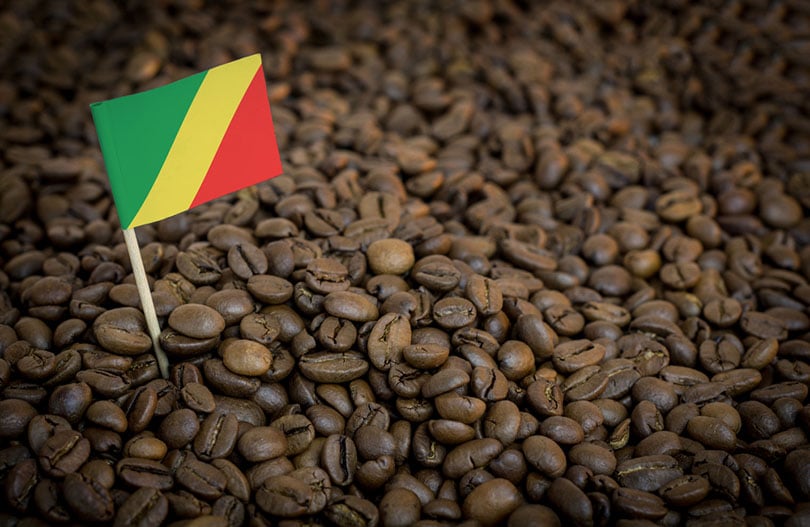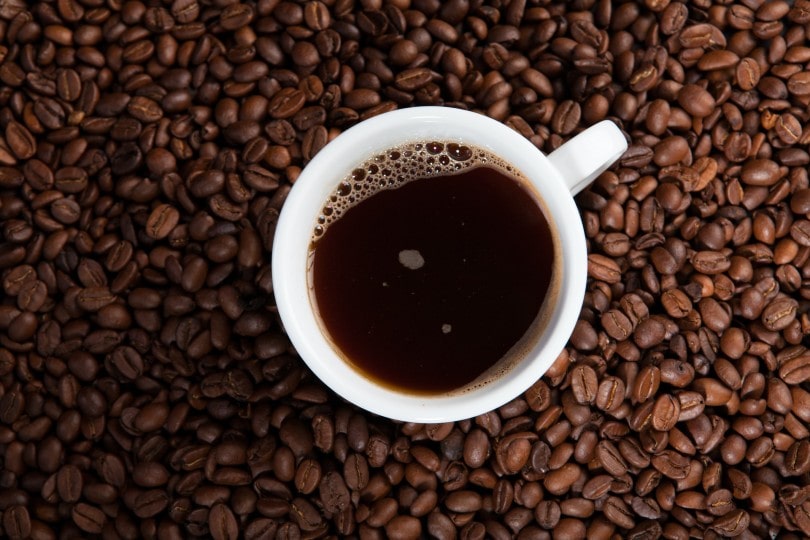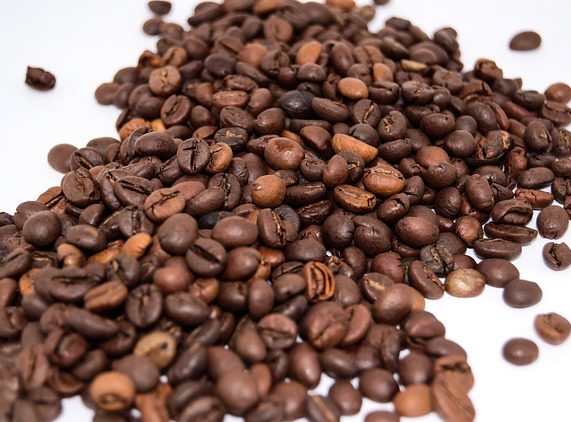
When thinking about coffee, many people’s minds immediately race to South America despite knowing that the world is a diverse coffee canvas. However, those seeking fascinating flavors know that Africa is a coffee paradise with many surprises. The Democratic Republic of Congo holds a unique place in the hearts of those that love specialty coffee.

History of Coffee in the Congo
The history of coffee in the Democratic Republic of Congo is as volatile as the country itself. With independence coming in 1964, a string of civil wars, dictatorships, and coups followed shortly after. Violence and Ebola outbreaks make it difficult for sustainable agriculture, but the Congolese are very resilient.
The coffee industry was nationalized in the 1970s, and during the 80s, coffee remained one of the country’s top exports. The 1990s and 2000s saw a sharp dip in the Congo’s production. Political turmoil caused output to shrink to under 10% of the booming era just twenty years earlier. Luckily, an initiative that started in 2012 has put Congolese coffee on the path to recovery in the troubled country.
Today, it’s hard to know the exact amount of coffee the Democratic Republic of Congo produces. Smuggling large quantities into neighboring countries is a common occurrence. Once there, the coffee is not sold as a product of the DRC.
Due to the inconsistency in availability, it’s hard to get your cup full of coffee from the Congo. Roasters that can secure an order often experience delivery delays. Despite that, the increasing involvement of the private sector in the Congolese coffee industry offers hope that there will be greater consistency in the future.

Coffee Bean Types in the Congo
With growing altitudes reaching 2,000 meters above sea level, you will find many varieties. Robusta is the main bean type in the DRC. This contributes to a harsher flavor and offers a real kick due to the higher amount of caffeine. You can find robusta mostly in the northeast of the country and lower elevations. Arabica is also produced in the Democratic Republic of Congo and found in the Kivu region at higher altitudes.
A Wide Range of Flavors
A combination of factors in the Congo makes its coffee beans unique. The final product stands out from the coffee you’ll find in other parts of the world and even within Africa. A perfect storm of elements, including the fertile volcanic soil and the elevation of the coffee fields make for crops that are distinctive and special.
The Kivu region produces a wide range of flavors. Like a fine wine, you can pick up cherry, plum, licorice, and cantaloupe undertones. For those looking for a creamier taste, you can seek out a variety of vanilla, hazelnut, and chocolate undertones.
Including Congolese coffee in your blends can bring a distinctive note. However, sticking with single-origin is the way to go here, as you will be able to pick out the aromas of each element. Tropical fruit, spices, sweet tobacco, and toasted nuts combine their efforts to tease your senses and present the coffee’s unique signature.

Brewing Tips for Congolese Coffee
When brewing robusta, use more water and less coffee. This will take the edge off the bitter flavors that can be too intense if you do not dilute your coffee. Depending on how much you enjoy bitter flavors, brew your coffee longer to bring out the bitter flavors of robusta or keep it under four minutes for a tamer experience. Trial and error may be necessary at first as you try to achieve the best ratio of coffee to water.
For best results, brew your Congolese coffee as a pour-over. This will give you more control while slowing down the brew enough to extract the rich flavors that make the coffee unique.

Treat Yourself
Production and transport of coffee from the Democratic Republic of Congo are stabilizing over time, making it easier to keep some in your pantry. With a little effort, you can secure some of the finest coffee the African continent has to offer.
The history and culture of the DRC, as well as the beauty of the land, are present in the intense flavors flowing in a cup of coffee from the Congo. Although few places offer it on their menu, getting your hands on some Congolese robusta or arabica is great for an occasion when you want to share a unique coffee experience with a friend or just savor a cup during your alone time.
Featured Image Credit: BERMIX STUDIO, Shutterstock















